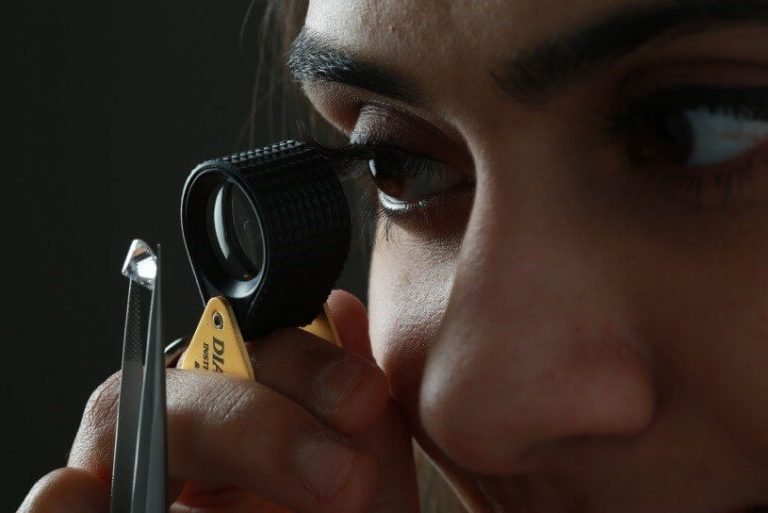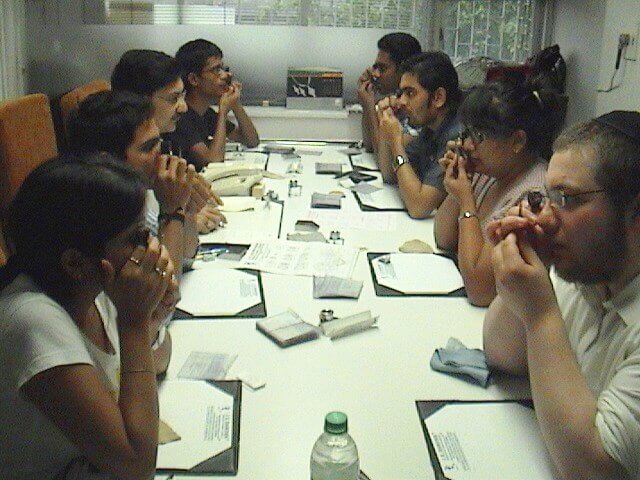The gems and jewelry industry facing a number of problems such as recovering from the slump in demand, lack of financing options, to name few. The need of the hour in such testing times is to bring in complete transparency and remove confusing systems in diamond grading and focus on standardisation of the grading system.
Mr. Jaynil Ajmera from J K Diamonds Institute, mentioned “the current grading systems are not adequate enough to boost confidence of the consumers and hence, several reforms are required in the Diamond Grading systems. Adapting to these dynamic changes will enable the diamonds and jewelry reports to be more transparent and increase confidence of traders, showroom owners/retailers and also consumers.”
If in a diamond the culet is slight/medium or broad in a solitaire diamond (single piece), the culet is mentioned separately in a lab report. In a studded jewelry with the same diamond, the lab report for such jewelry will have no mention of the culet and also not considered in clarity grading. Eventually, the consumer would pay a higher price.
As a solution to this issue, J K Diamonds Institute has suggested that culet parameters should also be considered in determining the clarity grade. Even practically in the market it is seen that diamantaires generally reject broad or broken culet since they command a lesser price. Hence, depending upon the culet size, the effect of the same should be disclosed in the clarity grades. This will also easily enable culet being considered as part of the variable for price determination.
J K Diamonds Institute has already been imparting knowledge regarding the above in their Polished Diamond Graduate Course.


A similar problem exists in cut grading. A diamond can be either flat, strong, ideal, etc. and the cut grades are determined accordingly. The problem here is the lack of connection between the cut and clarity of the diamond. For example, if a diamond is very flat and the purity is clean, what grade will it be given when certified for studded jewelry. It is more advisable to provide a uniform grade by merging cut parameters into clarity grading.
Hence, J K Diamonds Institute has suggested that different types of cut should also be considered in determining clarity grades to bring uniformity between clarity and cut grades and remove ambiguity in price determination. For example, if a diamond is very flat, then it will command a lower price. Accordingly, we should lower the clarity grade to show the impact of the weaker cut.
The above will bring in standardisation in the grading systems boosting confidence of the buyer that he has not over paid for a particular diamond since both clarity and cut affect the price of the diamond.
Currently, the clarity grading system is still insufficient. The actual diamond market deals in diamonds with more clarity grades than just those that are internationally acclaimed. Hence J K Diamonds Institute has widened its grading system with extra grades to fulfil the market need.
The term Internally Flawless (IF) is ambiguous as the term only signifies that the diamond does not have any internal inclusions/defects. Does that mean external defects in a diamond would be allowed to be graded as IF. This may create confusion in the minds of the consumers. Hence, an alternative term should be used to replace/terminate IF grade.
It is vital for the industry to self-regulate and take immediate steps towards transparency to boost demand and confidence among the consumers. Standardisation of the grading system can also assist in facilitating diamond to be traded as a commodity in future and spot markets, an effort already being taken by the Industry.




